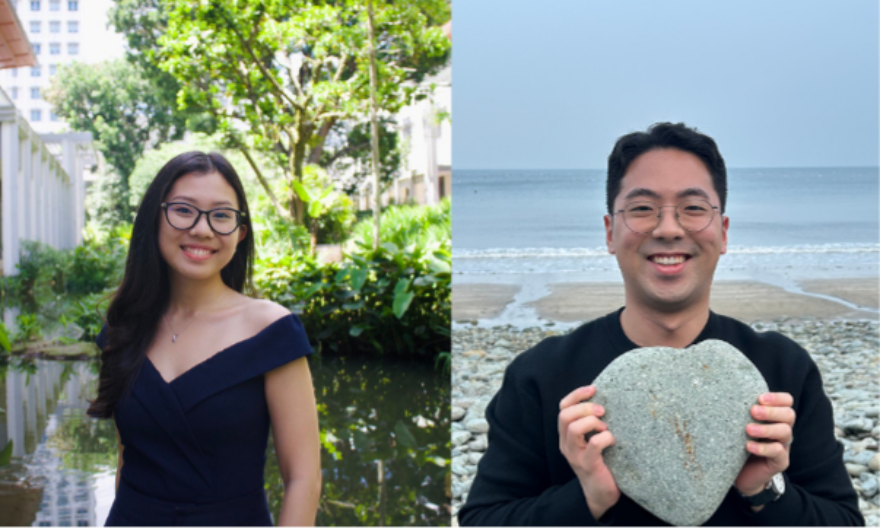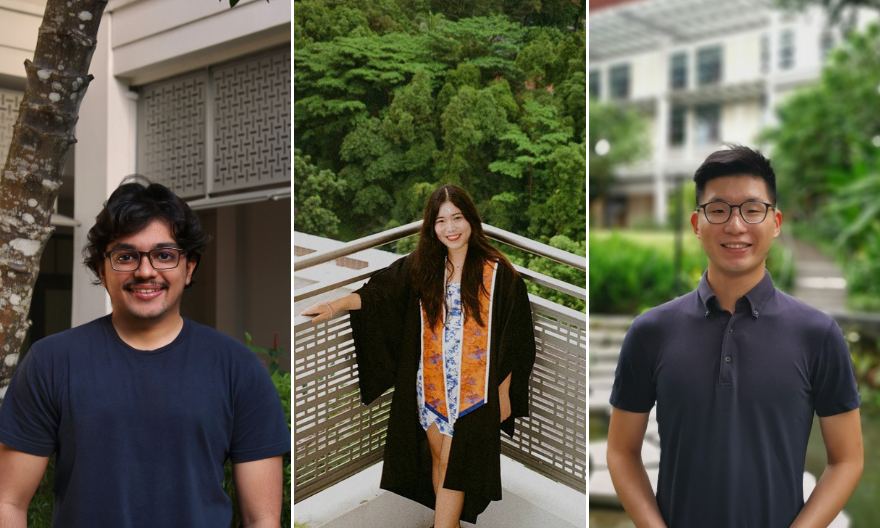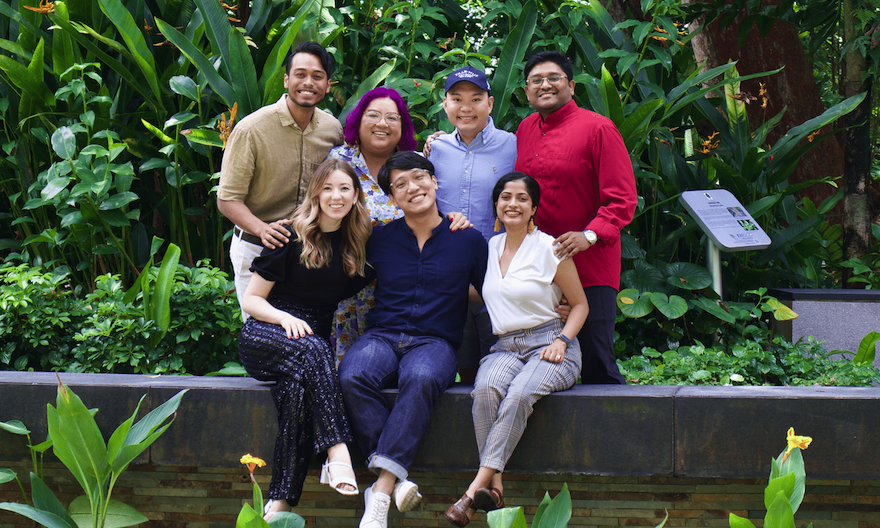Yale-NUS alumnus Rohan Naidu discovers an early galaxy
Rohan Naidu (Class of 2017) discusses his scientific discoveries and reflects on his time at the College
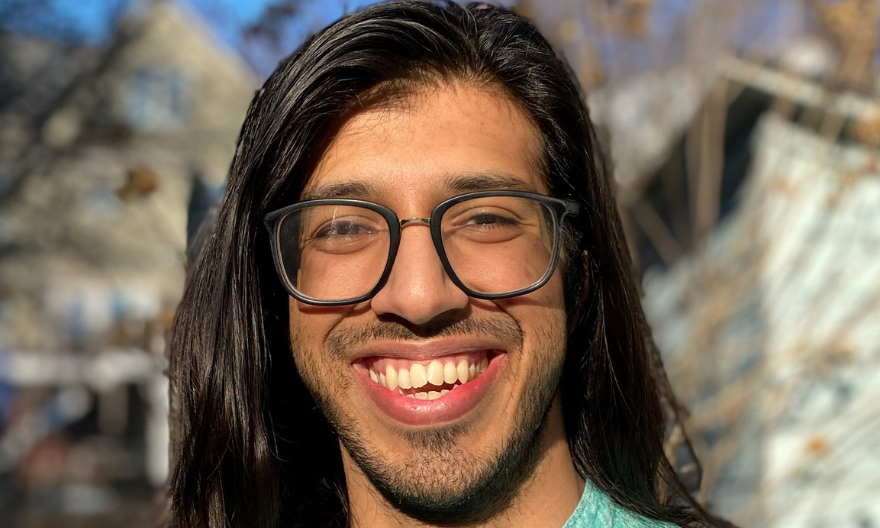
Rohan Naidu, part of the inaugural class of Yale-NUS, is currently a NASA Hubble Fellow and Pappalardo Fellow at the MIT Kavli Institute for Astrophysics and Space Research. In 2022, Rohan was among the astronomers who discovered a bright early galaxy, dubbed GLASS-z13. In this interview, Rohan shares about his life and work as an astronomer, as well as his reflections on how Yale-NUS both shaped his interest in astronomy and helped him advance in his field.
Q: What does your typical day at MIT look like?
A: There is no typical day! It’s usually some combination of research, advising students, and attending lectures by the many wonderful scientists who come through MIT.
For example, just last week, proposals were due for new experiments on NASA’s powerful James Webb Space Telescope (JWST) observatory. My typical day this month has been in “capstone mode”, putting together dozens of pages of writing, graphics, and calculations to convince the panel my team should be awarded the time. In practice, this feels like a high-stakes Yale-NUS group final project – the prize is that you get to work with the most sublime instrument fashioned by humankind to make new discoveries about the universe!
Q: Can you tell us more about the process behind discovering the galaxy that you dubbed GLASS-z13?
A: Galaxies like GLASS-z13 are among the farthest known objects to humankind – they are of intense interest, because they host some of the first stars and black holes that ever formed. Finding such galaxies requires extremely deep infrared imaging, which was acquired for the first time last summer with the JWST. My team searched for the characteristic “colours” expected of such galaxies across all the new images, and, to our great surprise, we found some rather excellent candidates. It was a really exhilarating time for astronomy – discoveries that had been anticipated for decades were tumbling out of these gorgeous images everywhere we looked.
On a more personal note, the most important decision you make as a scientist is who you work with. A key reason this project was successful was because of the deep trust and understanding I share with my main collaborator on this project, Professor Pascal Oesch. I first met Pascal thanks to Yale-NUS’ Summer Independent Research Programme (SIRP) as a second-year student, and I’ve continued working with him for eight years now.
Q: You named the stellar substructure you discovered in 2020 “Wukong” after a character in The Journey to the West, a required text at Yale-NUS. Could you speak more to what this text means to you, as well as to what you think of the Yale-NUS Common Curriculum?
A: The name was a conscious choice, directly inspired by the College’s Common Curriculum. I distinctly remember the essay I wrote on Journey to the West for Literature & Humanities II (taught by former Assistant Professor of Humanities (Literature) Rebecca Gould) as being one of the first Yale-NUS essays I felt deeply, genuinely proud about.
A perhaps surprising aspect of being an astronomer is the sheer amount of writing involved – you’re essentially always writing papers, telescope time proposals, grant applications, job applications. And you’re also always thinking about what questions matter, what questions excite you, and what questions might inspire the field as a whole. Learning how to think and learning how to write is exactly what the Common Curriculum is about!
While the content of the Common Curriculum is unique, the truly special thing is the sheer amount of care and attention our professors pour into it. The amount of individual attention and time with truly remarkable, inspiring, driven people at the top of their fields is simply unheard of. For example, I still remember Journey to the West in large part due to Asst Prof Gould’s zeal and mastery that made me think “Ah, I’d love to be someone’s Asst Prof Gould someday!”
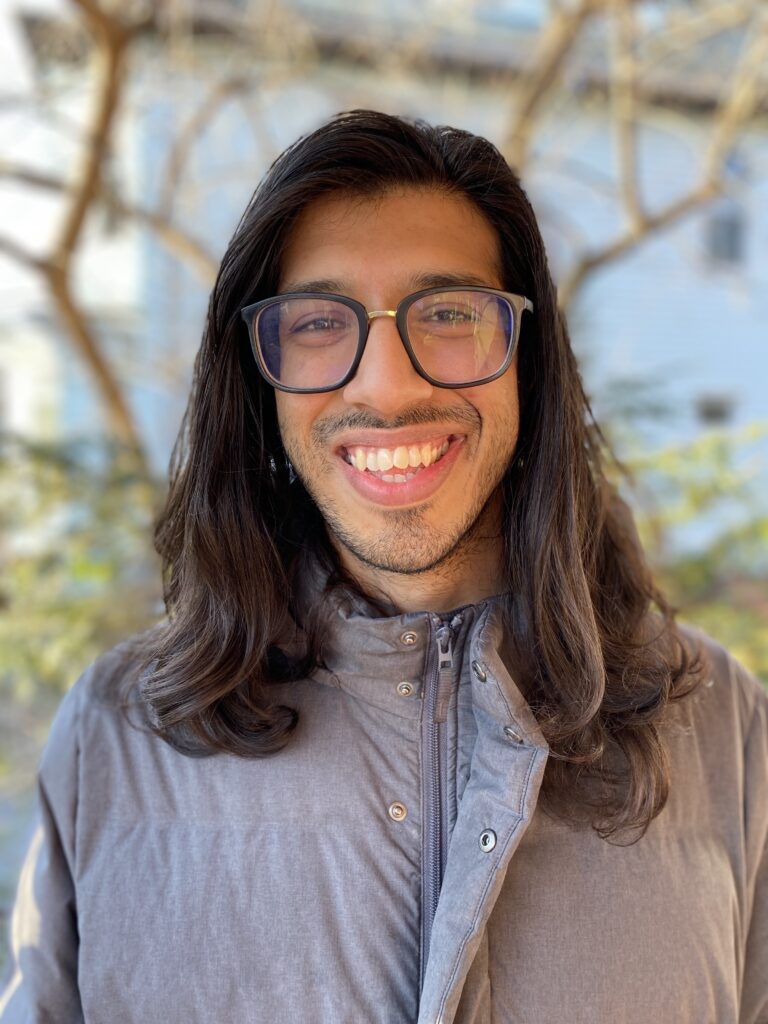
Q: How did your time at Yale-NUS shape the trajectory of your academic career? Has Yale-NUS shaped anything in your life outside of academics?
A: I discovered astronomy only at Yale-NUS, all thanks to our inaugural Dean of Faculty, Professor Charles Bailyn. His after-dinner class on black holes was my very first serious brush with astronomy. The following summer, I was fortunate to accompany him on a research trip to the Chilean Andes, which has some of the clearest skies in the entire planet. From the acknowledgements section of my PhD thesis: “My time at Yale-NUS College, the ‘community of learning’ we built, and the consummate dedication of my professors seeded my resolve to pursue an academic career.”
Beyond academics, many of the people dearest to me, to this day, are in some way or the other connected to the College.
Q: Do you have any advice for the current Yale-NUS students interested in pursuing a career in astronomy?
A: Get involved with research as early as you can. Life as a researcher is quite different from taking coursework, and it’s important to figure out whether you find joy in this. In practical terms, this means reaching out to astronomers (like me!) for summer or semester projects that give you an immersive feel for what the field is about. For example, I am currently recruiting undergraduates to work on a project searching for the first supermassive black holes in new data taken with NASA’s JWST. Such a project would naturally expose a student to the cross-disciplinary blend of physics, statistics, computer science, and quantum chemistry, and more importantly, to the sheer wonder of working with the deepest images of the universe and periodically going “Oh wow, I really get to do this for a living?!”

